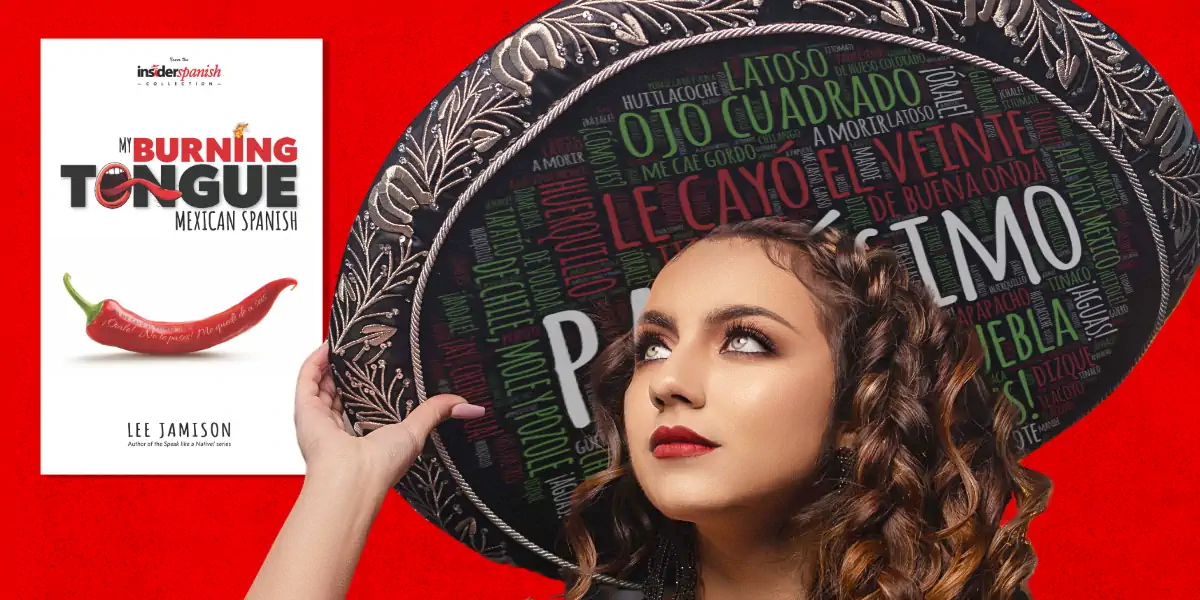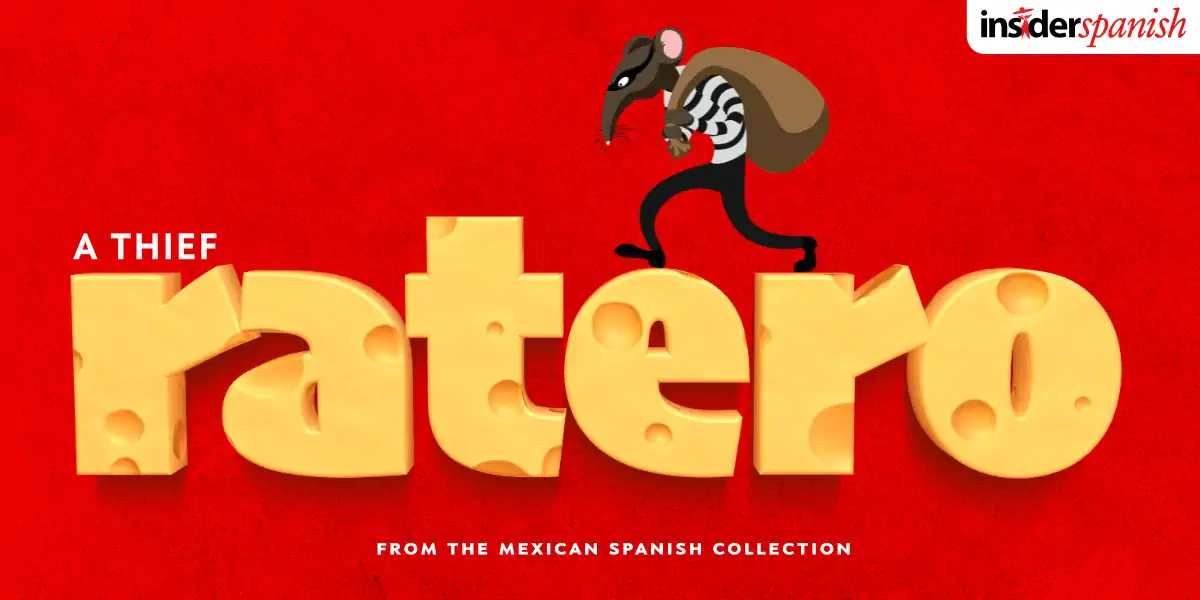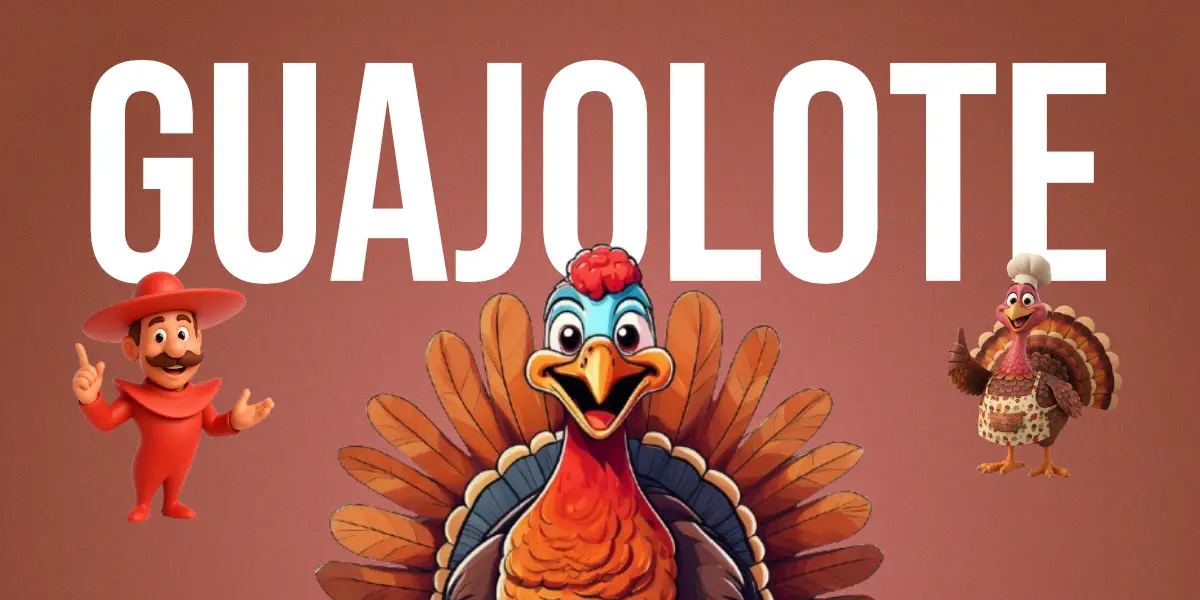Chapulín: The Tiny Word That Jumps Through Mexican Culture
Discover the real meaning of the Mexican word chapulín! From Oaxacan snacks to the origins of Chapultepec (“Grasshopper Hill”) and the beloved superhero El Chapulín Colorado, find out how this little bug became a giant part of Mexican culture — with humor, history, and heart.
IF YOU’VE ever spent time in Mexico, you’ve probably heard the word chapulín tossed around—sometimes as a snack, sometimes as a nickname, and sometimes even hidden in the name of one of Mexico City’s most iconic landmarks. So what exactly does chapulín mean? Buckle up, because this little grasshopper hops through Mexican culture in more ways than one.
1. 🦗 The Literal Meaning: A Crunchy Little Snack
Let’s start with the basics. Chapulín literally means grasshopper. But in Mexico, that’s not just an insect—it’s also food. Yes, you read that right. In Oaxaca and other parts of southern Mexico, chapulines are roasted grasshoppers seasoned with salt, lime, and chile.
⚽ “¿Quieres unos chapulines con tu cerveza?”
🏈 “Do you want some grasshoppers with your beer?”
They’re crunchy, tangy, and surprisingly addictive. Think of them as Mexico’s answer to potato chips… except, you know, with legs.
2. 🦘 The Playful Nickname: The Little Jumper
Because chapulines jump around, the word also took on a figurative meaning. When someone can’t sit still—physically or mentally—you might hear:
⚽ Ese niño no para de brincar, parece chapulín.
🏈 That kid won’t stop jumping around—he’s like a little grasshopper.
In Mexico, chapulín can be a teasing but affectionate way to describe someone full of energy, curiosity, and motion—always hopping from one thing to the next.
3. ⛰️ Chapultepec: The Hill of the Grasshoppers
If the word chapulín sounds familiar, that’s because it hides inside one of Mexico City’s most famous names: Chapultepec.
The word Chapultepec comes from Nahuatl, the ancient language of the Aztecs, and it literally means “Grasshopper Hill.” It’s formed from chapol (grasshopper) + tepe(tl) (hill) + -c (place of).
So, when you’re strolling through Chapultepec Park, you’re literally walking on “Grasshopper Hill.”
⚽ El Castillo de Chapultepec tiene una de las mejores vistas de la Ciudad de México.
🏈 Chapultepec Castle has one of the best views in Mexico City.”
Chapultepec Park isn’t just any park—it’s the green heart of Mexico City. It’s larger than Central Park in New York and home to museums, lakes, forests, a zoo, and even a castle where emperors once lived.
Legend has it that the ancient Mexica people saw a grasshopper on the hill and took it as a good omen—thus the name Chapultepec. To this day, the grasshopper remains a proud symbol of the city’s heritage.
4. 📺 The Cultural Icon: El Chapulín Colorado
Of course, we can’t talk about chapulines without mentioning the legendary superhero El Chapulín Colorado—a red-suited, clumsy but lovable character created by Roberto Gómez Bolaños (a.k.a. Chespirito).
Armed with his chipote chillón (a squeaky mallet) and his catchphrase “¡No contaban con mi astucia!” (“They didn’t count on my cleverness!”), El Chapulín Colorado is a national treasure and proof that Mexicans can turn even a bumbling grasshopper into a symbol of justice and humor.
5. 👁️ So, What’s the Takeaway?
When you hear chapulín in Mexico, don’t assume it’s just about insects. Depending on the context, it could mean:
-
A tasty snack
-
A bouncy, restless person
-
A historic hill in Mexico City
-
Or even a beloved superhero
So, next time someone mentions chapulines or Chapultepec, remember: This tiny grasshopper has hopped its way into Mexico’s food, geography, and pop culture. Not bad for an insect that started out in a field. Feeling a little jumpy?
#Ad
Get the Ultimate Guide to
Mexican Spanish!

MORE than 167 million natives speak Mexican Spanish—with nearly 40 million speakers in the United States alone. Explore the idiosyncrasies of this colorful language spoken throughout the region. If a Mexican asks you for a popote, should you be worried? If he shouts ¡Aguas!, will you get wet? If another asks ¿Cómo ves?, is he concerned about your visual acuity? Find out what Mexicans are really saying as you uncover the hidden meaning behind more than 500 local words, idioms, and sayings. Some 100 illustrations make it easy to grasp the concept behind the words. We don't teach you Spanish; we teach you how to make your Spanish more Mexican! Get your copy today! Available in print and Kindle versions.





